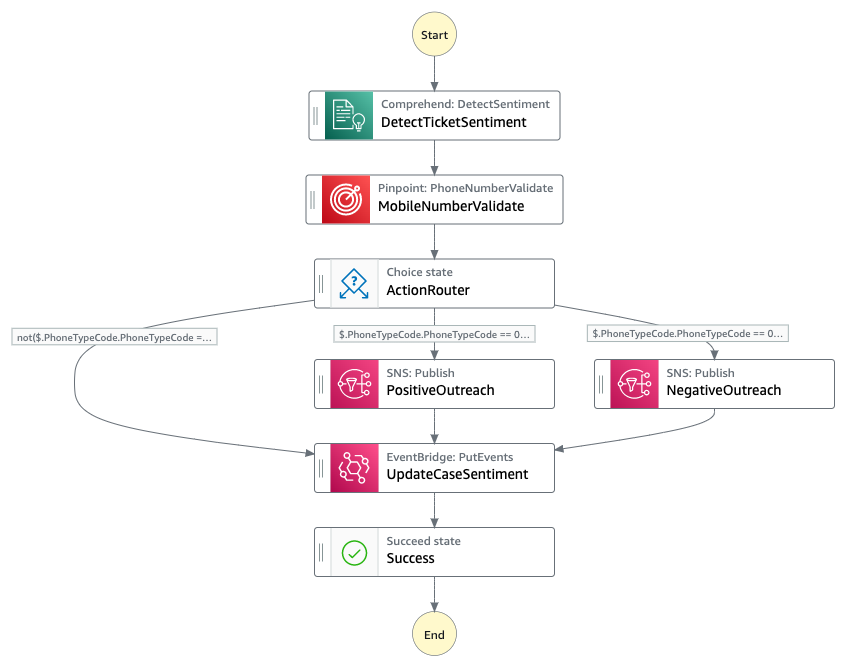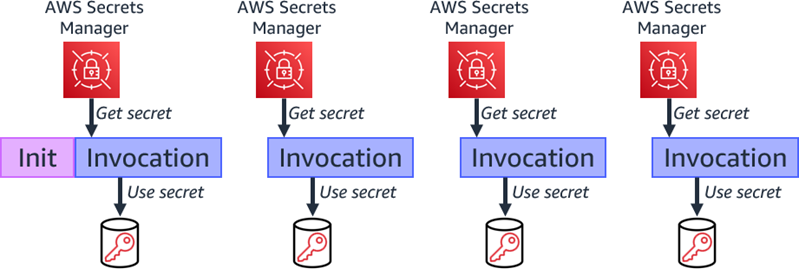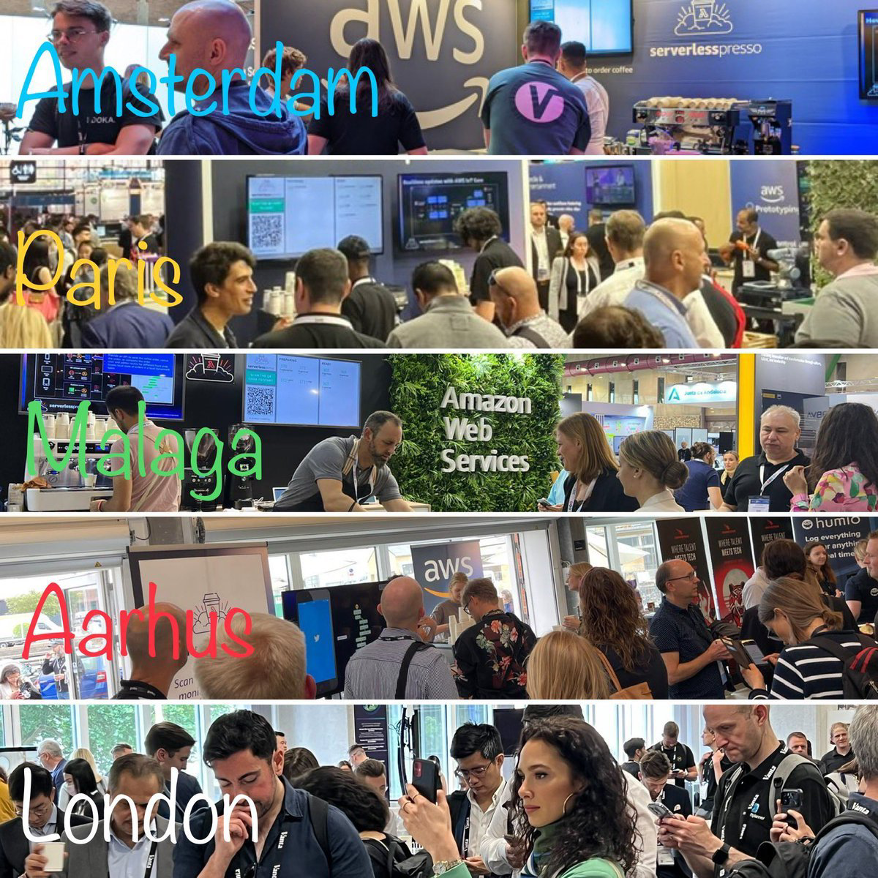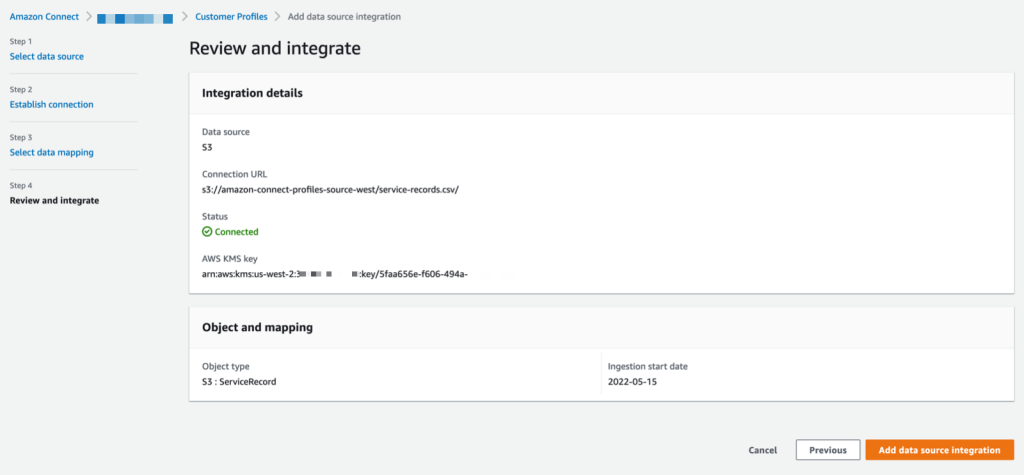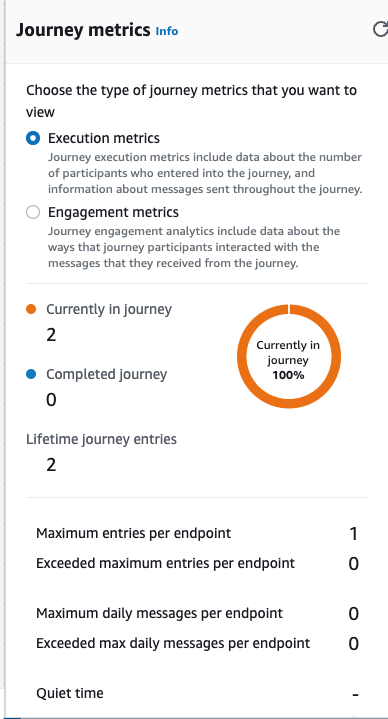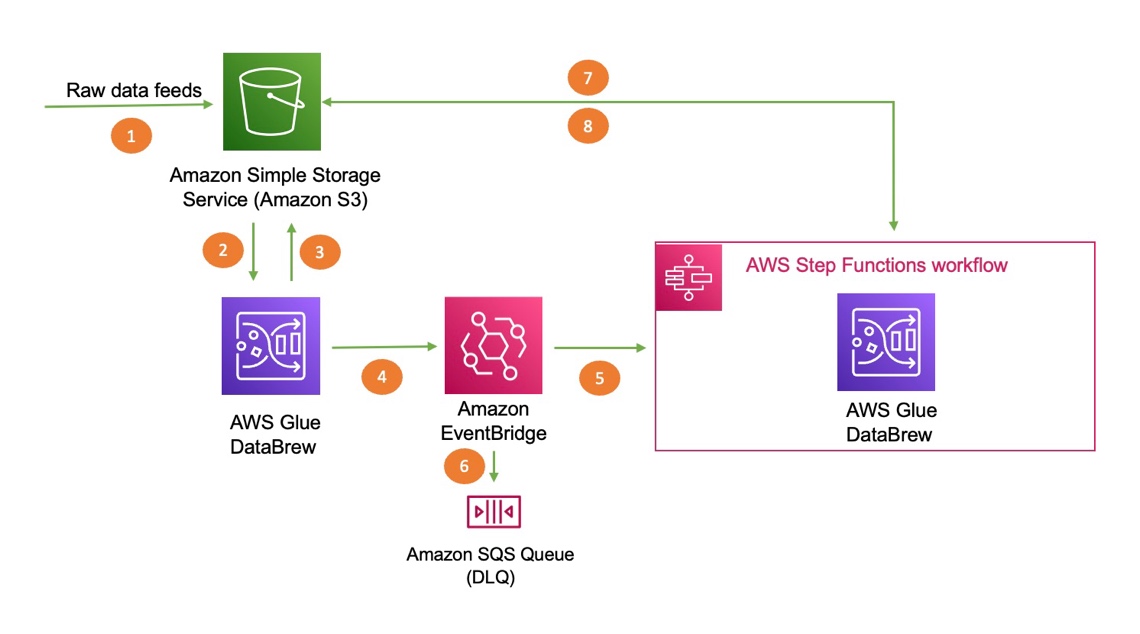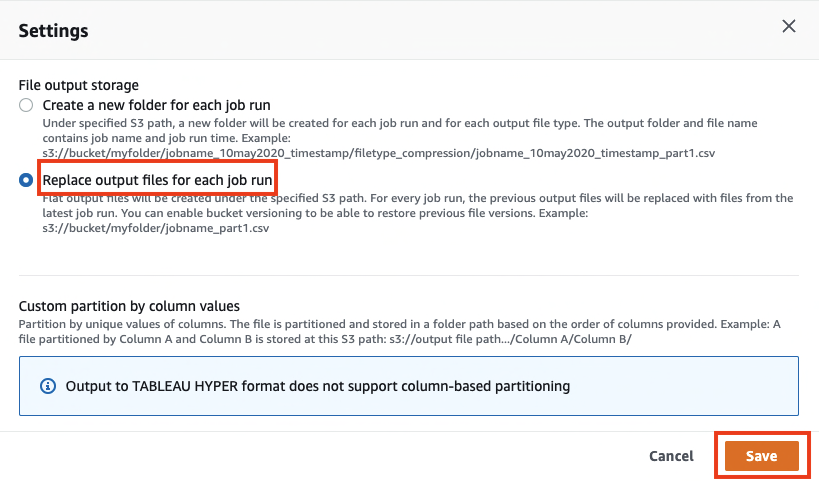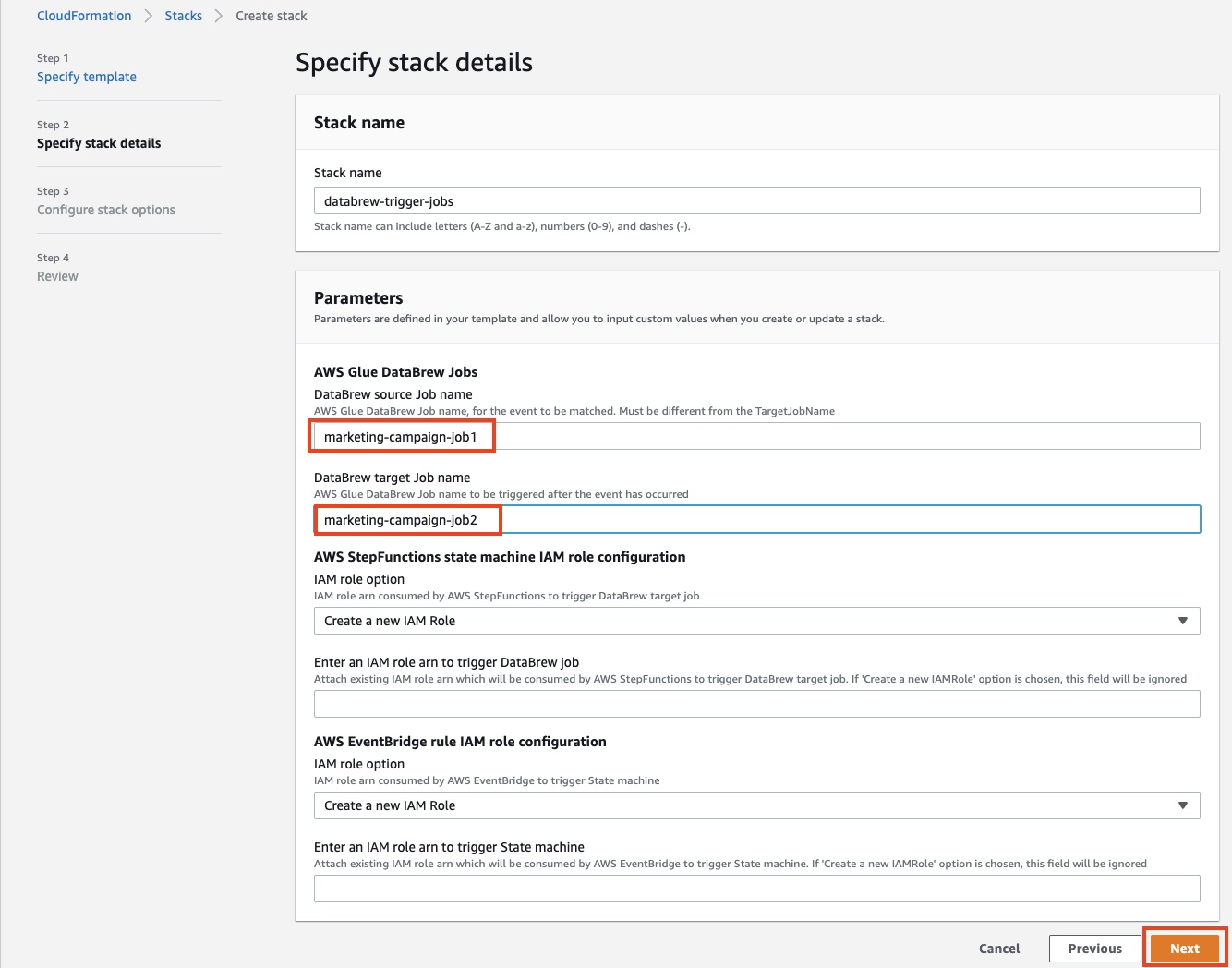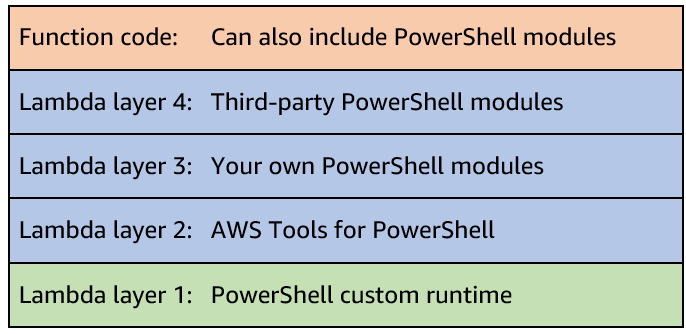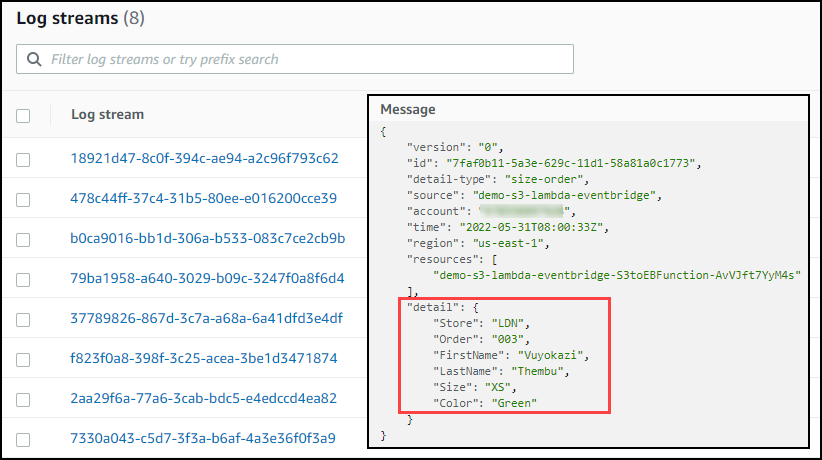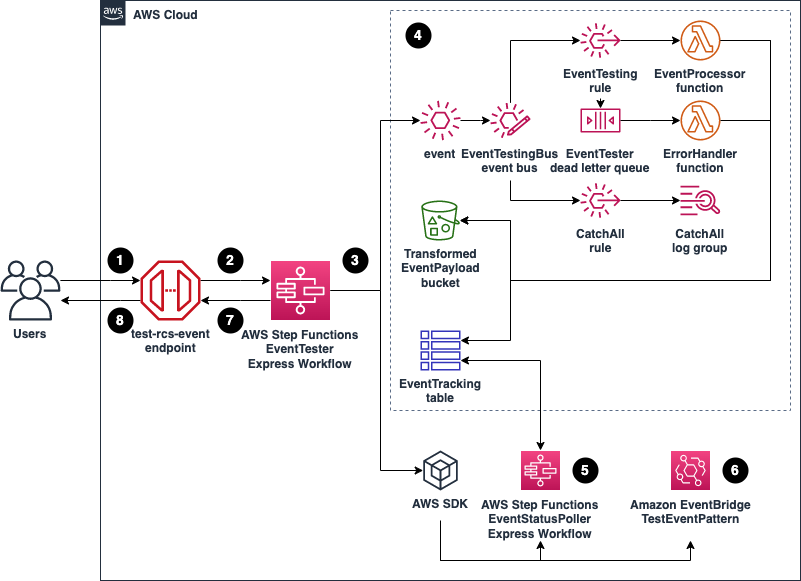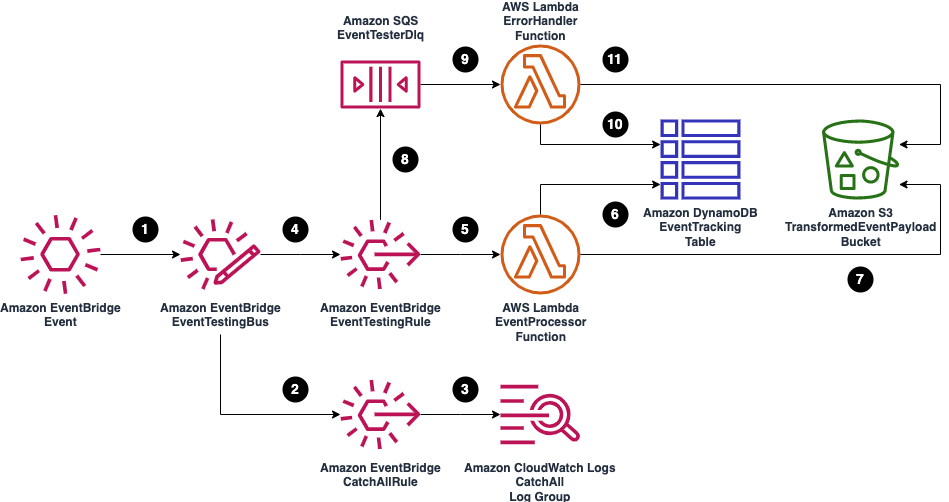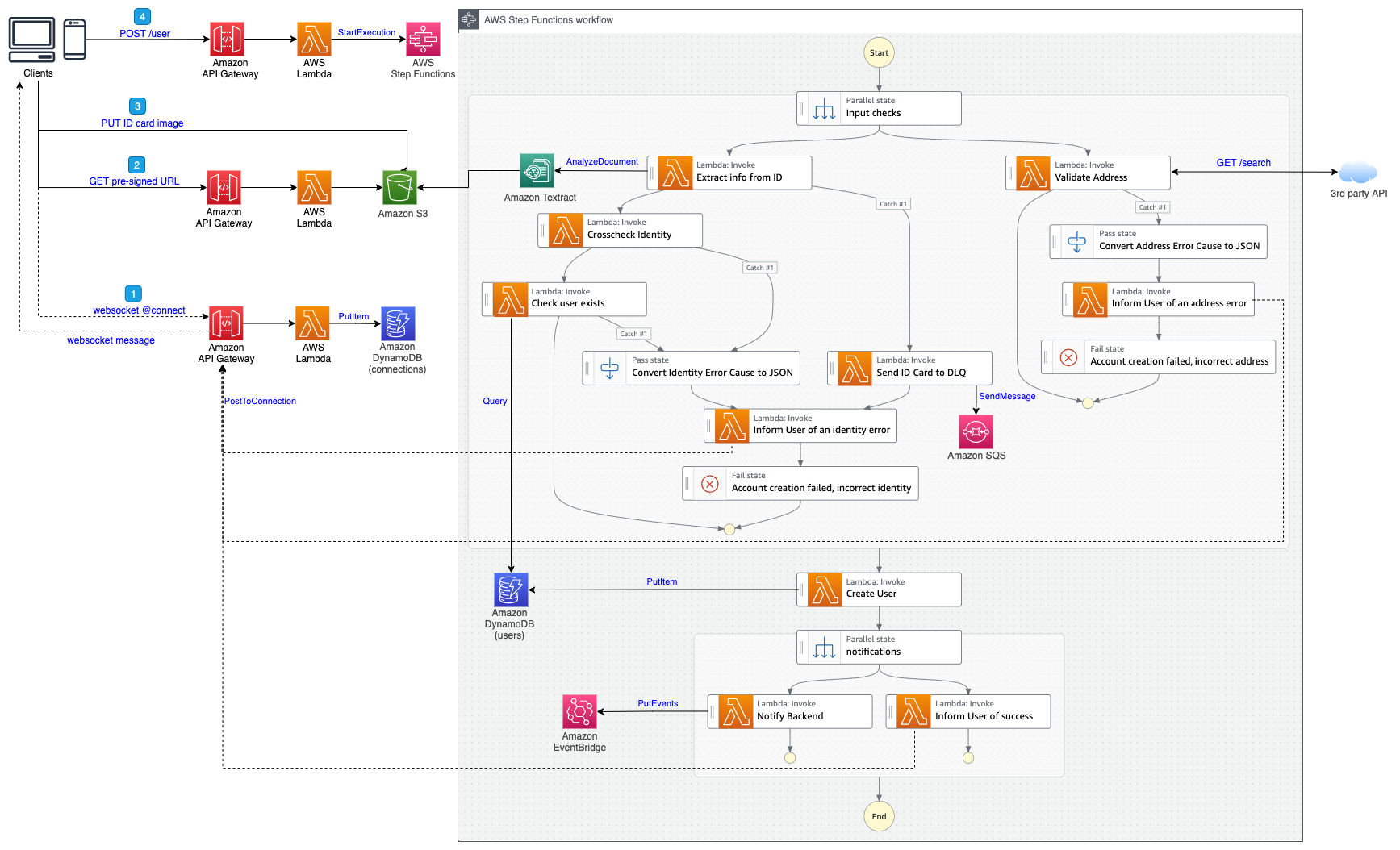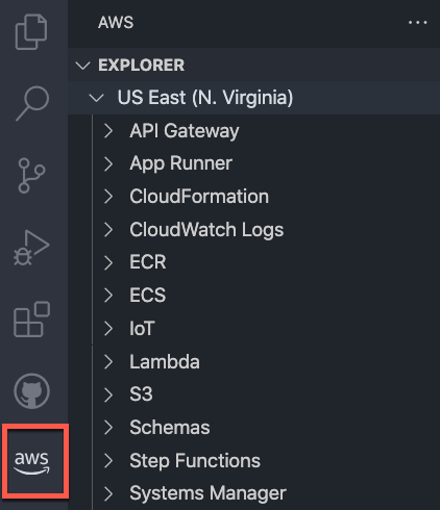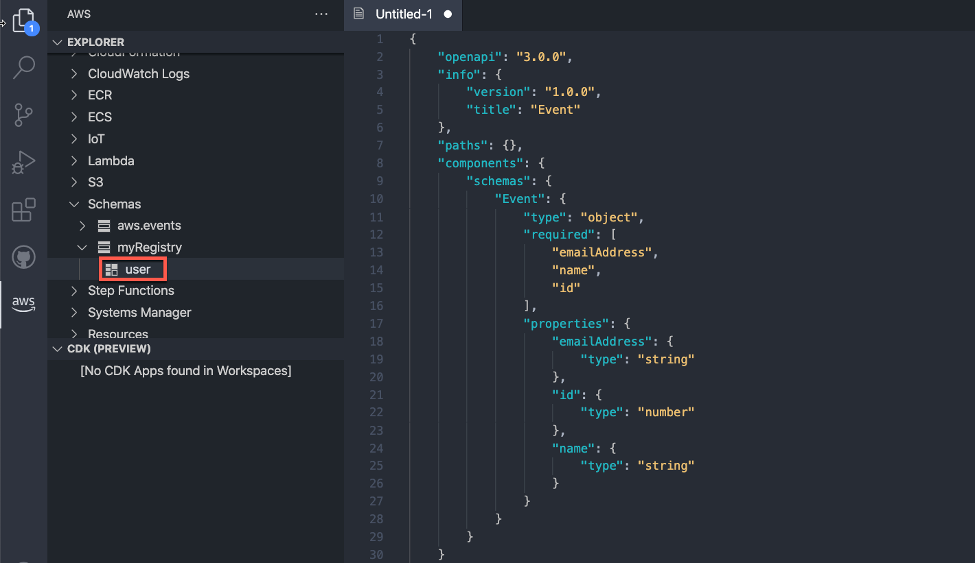Post Syndicated from Hasan Tariq original https://aws.amazon.com/blogs/architecture/extending-your-saas-platform-with-aws-lambda/
Software as a service (SaaS) providers continuously add new features and capabilities to their products to meet their growing customer needs. As enterprises adopt SaaS to reduce the total cost of ownership and focus on business priorities, they expect SaaS providers to enable customization capabilities.
Many SaaS providers allow their customers (tenants) to provide customer-specific code that is triggered as part of various workflows by the SaaS platform. This extensibility model allows customers to customize system behavior and add rich integrations, while allowing SaaS providers to prioritize engineering resources on the core SaaS platform and avoid per-customer customizations.
To simplify experience for enterprise developers to build on SaaS platforms, SaaS providers are offering the ability to host tenant’s code inside the SaaS platform. This blog provides architectural guidance for running custom code on SaaS platforms using AWS serverless technologies and AWS Lambda without the overhead of managing infrastructure on either the SaaS provider or customer side.
Vendor-hosted extensions
With vendor-hosted extensions, the SaaS platform runs the customer code in response to events that occur in the SaaS application. In this model, the heavy-lifting of managing and scaling the code launch environment is the responsibility of the SaaS provider.
To host and run custom code, SaaS providers must consider isolating the environment that runs untrusted custom code from the core SaaS platform, as detailed in Figure 1. This introduces additional challenges to manage security, cost, and utilization.

Figure 1. Distribution of responsibility between Customer and SaaS platform with vendor-hosted extensions
Using AWS serverless services to run custom code
Using AWS serverless technologies removes the tasks of infrastructure provisioning and management, as there are no servers to manage, and SaaS providers can take advantage of automatic scaling, high availability, and security, while only paying for value.
Example use case
Let’s take an example of a simple SaaS to-do list application that supports the ability to initiate custom code when a new to-do item is added to the list. This application is used by customers who supply custom code to enrich the content of newly added to-do list items. The requirements for the solution consist of:
- Custom code provided by each tenant should run in isolation from all other tenants and from the SaaS core product
- Track each customer’s usage and cost of AWS resources
- Ability to scale per customer
Solution overview
The SaaS application in Figure 2 is the core application used by customers, and each customer is considered a separate tenant. For the sake of brevity, we assume that the customer code was already stored in an Amazon Simple Storage Service (Amazon S3) bucket as part of the onboarding. When an eligible event is generated in the SaaS application as a result of user action, like a new to-do item added, it gets propagated down to securely launch the associated customer code.

Figure 2. Example use case architecture
Walkthrough of custom code run
Let’s detail the initiation flow of custom code when a user adds a new to-do item:
- An event is generated in the SaaS application when a user performs an action, like adding a new to-do list item. To extend the SaaS application’s behavior, this event is linked to the custom code. Each event contains a tenant ID and any additional data passed as part of the payload. Each of these events is an “initiation request” for the custom code Lambda function.
- Amazon EventBridge is used to decouple the SaaS Application from event processing implementation specifics. EventBridge makes it easier to build event-driven applications at scale and keeps the future prospect of adding additional consumers. In case of unexpected failure in any downstream service, EventBridge retries sending events a set number of times.
- EventBridge sends the event to an Amazon Simple Queue Service (Amazon SQS) queue as a message that is subsequently picked up by a Lambda function (Dispatcher) for further routing. Amazon SQS enables decoupling and scaling of microservices and also provides a buffer for the events that are awaiting processing.
- The Dispatcher polls the messages from SQS queue and is responsible for routing the events to respective tenants for further processing. The Dispatcher retrieves the tenant ID from the message and performs a lookup in the database (we recommend Amazon DynamoDB for low latency), retrieves tenant SQS Amazon Resource Name (ARN) to determine which queue to route the event. To further improve performance, you can cache the tenant-to-queue mapping.
- The tenant SQS queue acts as a message store buffer and is configured as an event source for a Lambda function. Using Amazon SQS as an event source for Lambda is a common pattern.
- Lambda executes the code uploaded by the tenant to perform the desired operation. Common utility and management code (including logging and telemetry code) is kept in Lambda layers that get added to every custom code Lambda function provisioned.
- After performing the desired operation on data, custom code Lambda returns a value back to the SaaS application. This completes the run cycle.
This architecture allows SaaS applications to create a self-managed queue infrastructure for running custom code for tenants in parallel.
Tenant code upload
The SaaS platform can allow customers to upload code either through a user interface or using a command line interface that the SaaS provider provides to developers to facilitate uploading custom code to the SaaS platform. Uploaded code is saved in the custom code S3 bucket in .zip format that can be used to provision Lambda functions.
Custom code Lambda provisioning
The tenant environment includes a tenant SQS queue and a Lambda function that polls initiation requests from the queue. This Lambda function serves several purposes, including:
- It polls messages from the SQS queue and constructs a JSON payload that will be sent an input to custom code.
- It “wraps” the custom code provided by the customer using boilerplate code, so that custom code is fully abstracted from the processing implementation specifics. For example, we do not want custom code to know that the payload it is getting is coming from Amazon SQS or be aware of the destination where launch results will be sent.
- Once custom code initiation is complete, it sends a notification with launch results back to the SaaS application. This can be done directly via EventBridge or Amazon SQS.
- This common code can be shared across tenants and deployed by the SaaS provider, either as a library or as a Lambda layer that gets added to the Lambda function.
Each Lambda function execution environment is fully isolated by using a combination of open-source and proprietary isolation technologies, it helps you to address the risk of cross-contamination. By having a separate Lambda function provisioned per-tenant, you achieve the highest level of isolation and benefit from being able to track per-tenant costs.
Conclusion
In this blog post, we explored the need to extend SaaS platforms using custom code and why AWS serverless technologies—using Lambda and Amazon SQS—can be a good fit to accomplish that. We also looked at a solution architecture that can provide the necessary tenant isolation and is cost-effective for this use case.
For more information on building applications with Lambda, visit Serverless Land. For best practices on building SaaS applications, visit SaaS on AWS.

